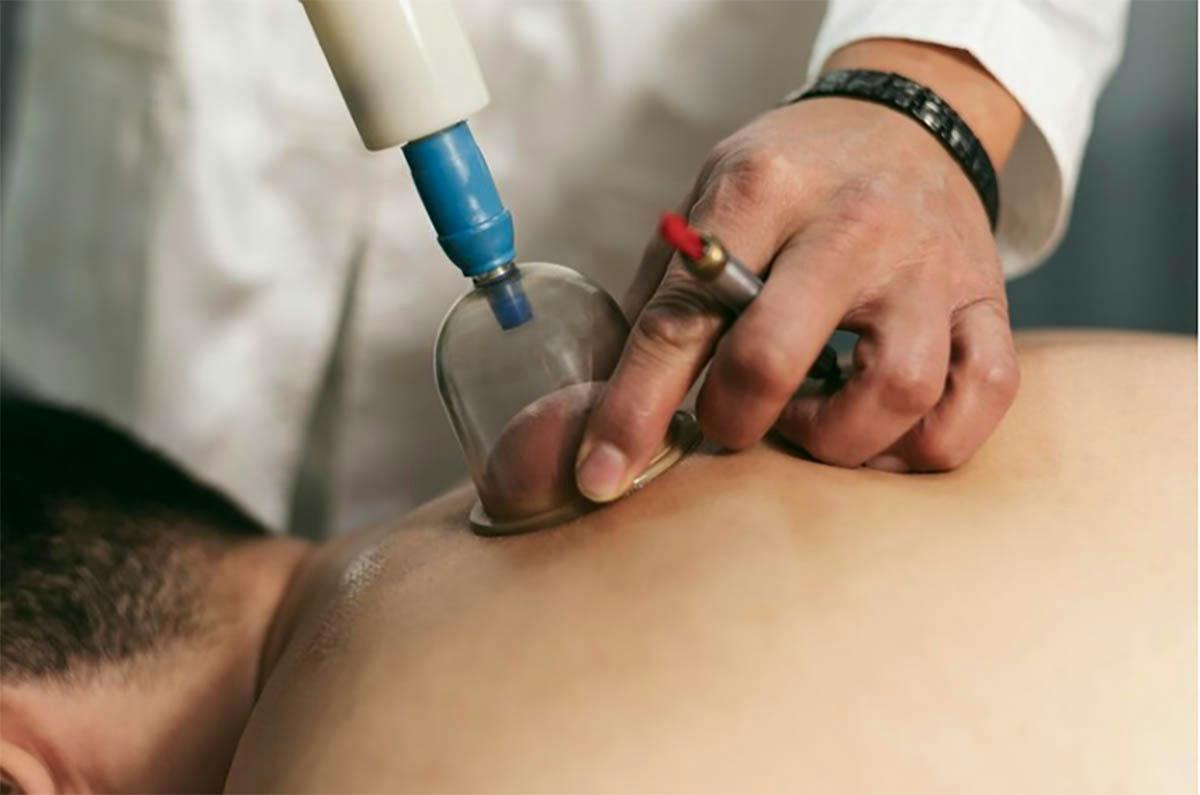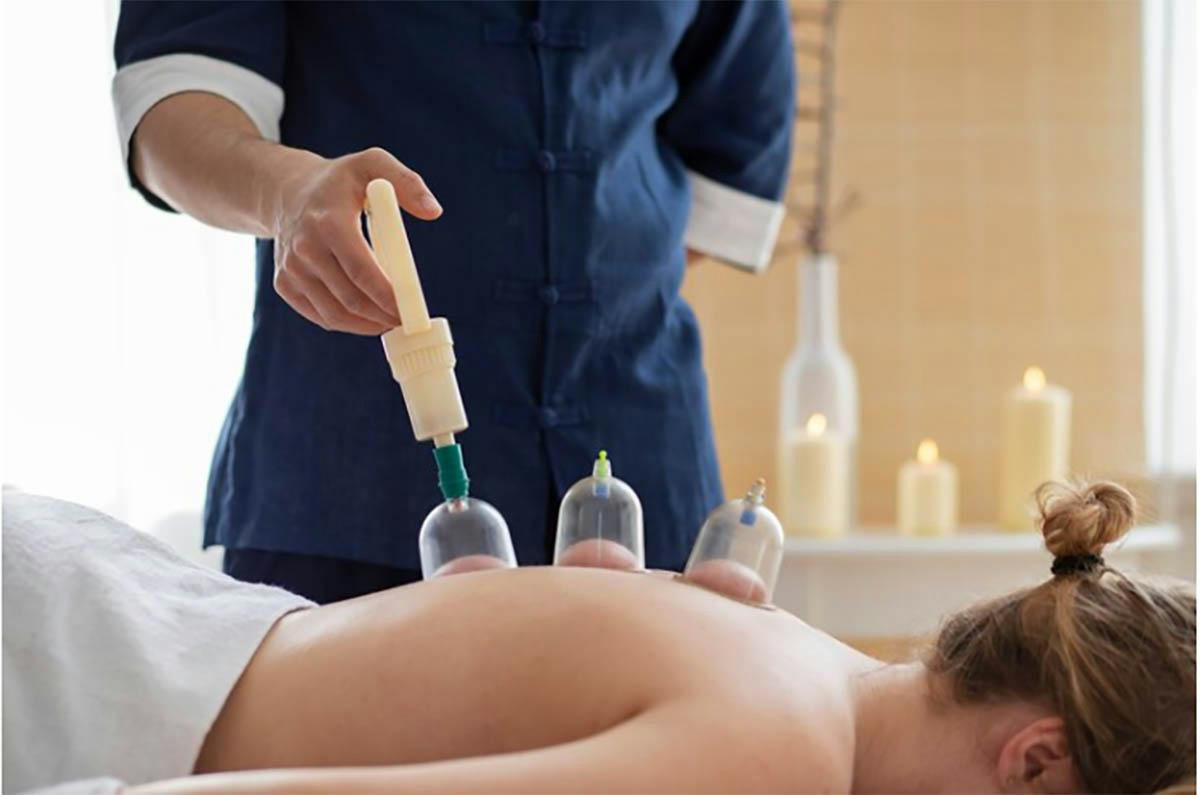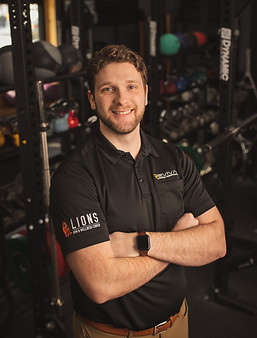Introduction
In recent years, alternative therapies have gained popularity, with cupping therapy emerging as a standout. This ancient practice, rooted in traditional Chinese alternative medicine, involves placing specialized glass cups on the skin to create suction. Let’s explore the before and after cupping therapy, unraveling their science and benefits.
The Science Behind Cupping Therapy
Cupping therapy, directed by a skilled cupping therapist, operates on the principles of enhancing blood flow and energy. These cups create a vacuum, lifting the skin, promoting blood circulation, relieving tension, and supporting the body’s natural healing mechanisms. This process proves beneficial for various health conditions.
The Physiological Effects of Cupping On The Body
Cupping therapy influences the body in remarkable ways. Cupping induces local and systemic hemodynamic changes, immune regulation, metabolism, and pain relief. Understanding these physiological effects sheds light on what to expect during and after a cupping session.
Blood Circulation and Oxygenation
One of the primary benefits of cupping, under the guidance of a skilled cupping therapist, is the enhancement of blood circulation. The cups create a vacuum, lifting the skin and promoting blood circulation, benefiting blood vessels. Studies show that cupping pressure impacts skin blood flow responses.
Detoxification Process
Additionally, cupping stimulates the lymphatic system, aiding the body’s detoxification process. By eliminating toxins, cupping therapy creates an internal environment conducive to therapeutic effects, especially for blood cells. This proves beneficial for addressing various medical ailments.
Is Cupping Therapy Safe?

Ensuring safety is crucial in cupping therapy. When administered by a trained professional, the cupping technique is generally safe. However, it may leave temporary circular marks on the skin due to the suction—a normal response and not harmful.
This process supports the health of connective tissue and overall well-being, making cupping therapy a valuable addition to holistic practices like deep tissue massage.
Conditions That Cupping Therapy Can Help Treat
Cupping therapy, rooted in traditional Chinese medicine, is a versatile approach to addressing various health issues. While individual responses vary, studies and anecdotal evidence highlight its potential to provide relief for diverse medical treatments.
Muscular Pain
Cupping therapy effectively relieves pain related to arthritis, nerves, and muscles, whether in the trunk, extremities, or neck. This proves beneficial for those dealing with chronic musculoskeletal pain conditions or muscle stiffness, especially when complemented with cupping massage.
Inflammation
With its capacity to increase blood flow and alleviate inflammation, cupping therapy, utilizing negative pressure, becomes a complementary option for individuals seeking relief from various inflammatory conditions, including arthritis and respiratory problems. This is particularly beneficial for those engaging in intense exercises.
Stress and Anxiety
Cupping therapy not only benefits the body but also contributes to mental well-being. The induced relaxation, coupled with its potential to reduce cortisol levels, makes it a holistic approach to managing stress and anxiety, recommended by healthcare providers.
Holistic Approach
In its holistic approach, cupping therapy goes beyond targeting isolated symptoms. Instead, it recognizes the interconnectedness of the body and mind, promoting overall blood circulation and energy flow to support the body’s innate healing abilities, positively impacting blood pressure. This versatility is reflected in various types of cupping.
Complementing Conventional Treatments
Cupping therapy complements conventional treatments, enhancing overall well-being for those undergoing physical therapy or medication and providing numerous health benefits. It’s advisable to consult with healthcare professionals for seamless integration into an existing treatment plan, particularly for individuals with blood disorders.
Before and After Cupping Therapy

Embarking on a journey of cupping therapy involves understanding what happens before, during, and after a session. Delving into each phase provides insight into the effects of cupping therapy, showcasing the comprehensive cupping experience this ancient practice offers.
Before Cupping Therapy Session
Preparing for a cupping session involves staying hydrated and having a light meal, a recommended health practice. Loose clothing is advisable to facilitate the placement of cups on the skin, especially for individuals with a medical condition.
During Cupping Therapy Sessions
During the session, cups are applied to specific areas, creating suction. The sensation is unique but generally not painful. Depending on the practitioner’s technique, the cups may be stationary or moved.
What to Expect After Cupping Therapy Session
Post-session, it’s common to experience mild soreness and redness at the cupping sites. This is a normal response and usually fades within a few days. Hydration is key to supporting the body’s recovery.
What not to do After Cupping Therapy
Avoid strenuous activities, exposing the cupping sites to excessive heat, or consuming alcohol immediately after a session. These precautions are crucial, especially for individuals with sensitive skin, to prevent soreness after cupping and ensure a smoother recovery process, minimizing the likelihood of prominent cupping marks.
Common Side Effects after Cupping Therapy
After undergoing cupping therapy, it’s crucial to be aware of potential side effects, although these are generally mild and temporary. Some individuals may experience:
Bruising: It’s common to notice temporary bruising at the cupping sites. This discoloration typically fades within a few days.
Dizziness: Dizziness may occur, especially for those new to cupping. This is usually brief and can be alleviated by resting and staying hydrated.
Nausea: In some cases, individuals might feel a mild sense of nausea after cupping. This sensation typically subsides quickly and is part of the body’s response to the therapy.
Recovery and Outlook
Recovery time after cupping therapy varies. Most experience relief immediately or within days. Regular sessions, especially with physical therapy in Minneapolis, can promote long-term benefits. For personalized care and expert guidance, consider reaching out to Revival Physical Therapy and Wellness to enhance your well-being.
Conclusion
Incorporating cupping therapy into your wellness routine can be a transformative experience. Understanding what to expect before and after a session, guided by an experienced therapist, enhances the overall effectiveness of this ancient practice.
FAQs
Q1: How long does it take to see results from cupping?
A1: Results vary, but many people experience relief after the first session. Long-term benefits may require regular sessions.
Q2: What happens to your body after cupping?
A2: After cupping, the body undergoes improved blood circulation, reduced muscle tension, and enhanced detoxification.
Q3: Should I drink water after cupping?
A3: Yes, staying hydrated is crucial post-cupping to support the body’s natural recovery processes.


